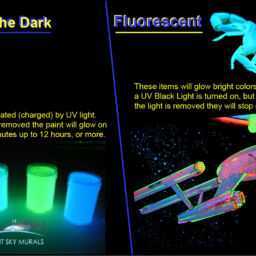Ninety percent of children with cerebral palsy have muscle spasticity as their dominant or exclusive impairment. EMS (electrical muscle stimulation) is the elicitation of muscle contracture through electronic stimulation and is sometimes used to treat children with spastic cerebral palsy. When combined with the right physical therapies, experts have demonstrated that EMS can improve overall motor function, increasing the child’s ability to perform physical tasks such as walking.
There are two ways of approaching EMS. The first is called NMES (neuromuscular electrical stimulation) or FES (functional electrical stimulation). The procedure, done only by a medical professional, involves giving specific muscles or muscle groups short bursts of electrical impulses designed to mimic the normal communication between the brain and the muscular system. Hopefully this can retrain the muscles to respond appropriately to the desires of the brain in a way they frequently don’t in someone suffering from spastic CP.
TES (threshold electrical stimulation) is very different. It involves much lower voltage and can be directed at a specific muscle or muscle group over a long period of time. It can be administered by the patient or a family member and can even take place overnight while the patient sleeps. It does not induce contraction, but instead is used to relieve patients of some of the discomfort and pain that comes with spasticity.
The way that NMES works is that electrodes are placed onto the skin in the vicinity of the muscles that are either in atrophy or have weakened due to spasticity. The electrodes are connected to a small generator. The current is low and rarely causes discomfort to the patient. The intent is to force the muscle to contract in a way that the brain is failing. The response is not dissimilar to having your reflexes induced by tapping on the knee. With TES, the procedure can be administered by a parent at home.
Unfortunately, with spastic cerebral palsy, any improvements brought about by EMS are temporary. The damage to the neuromuscular system is irreversible and the brain really can’t be trained to stimulate the muscles appropriately on its own. In most cases, full-time relief from the impairment of muscle spasticity requires approximately 2 hours of EMS every day of the week. Even then, any prolonged break from treatment will probably result in the abnormal spasticity returning to pre-treatment levels. For many, the benefits, however temporary, are worth a lifetime of daily treatment.
Because of the temporal nature of the benefits, many experts in the cerebral palsy world consider electrical muscle stimulation only as a supplement to standard treatments. Exercise and physical activity are still seen as having more enduring benefits to the ultimate health and well-being of children with cerebral palsy. But the debate is ongoing. Other experts believe that with further advancements, EMS alone may be used to treat and improve, at least, the smaller muscle groups such as in the forearm or wrist. Whether or not EMS can one day stand alone as a treatment for EMS remains to be seen, but it is at least worth consideration as an element of your child’s physical therapy.
AUTOPOST by BEDEWY VISIT GAHZLY




